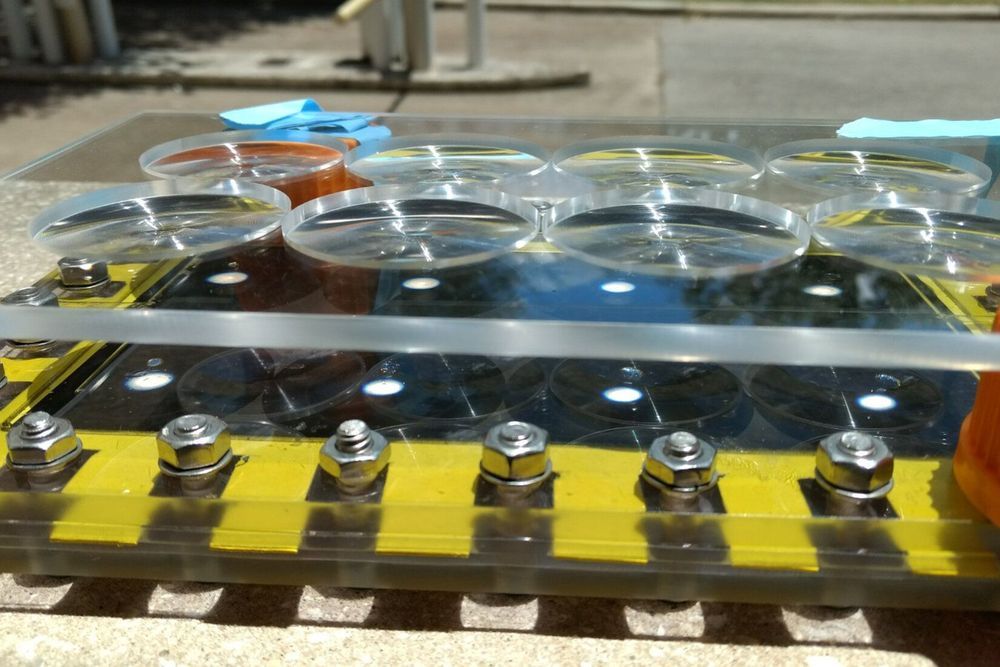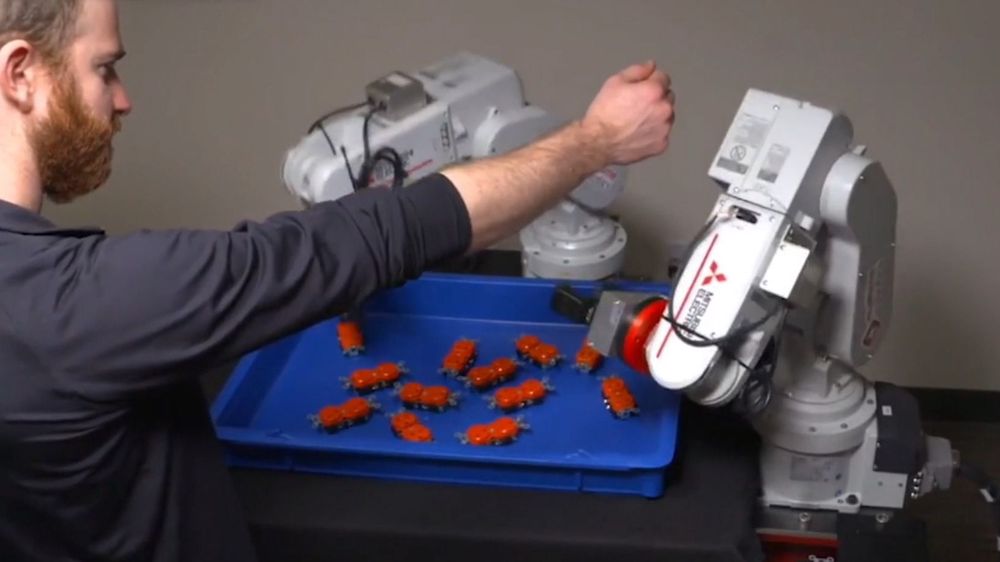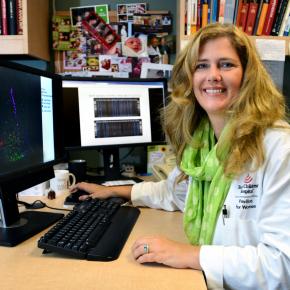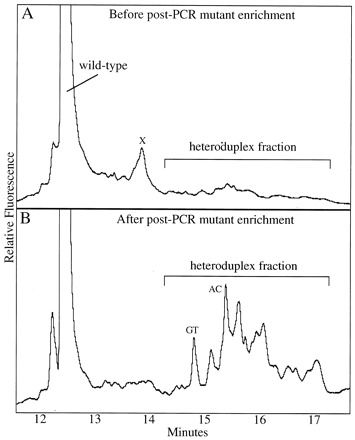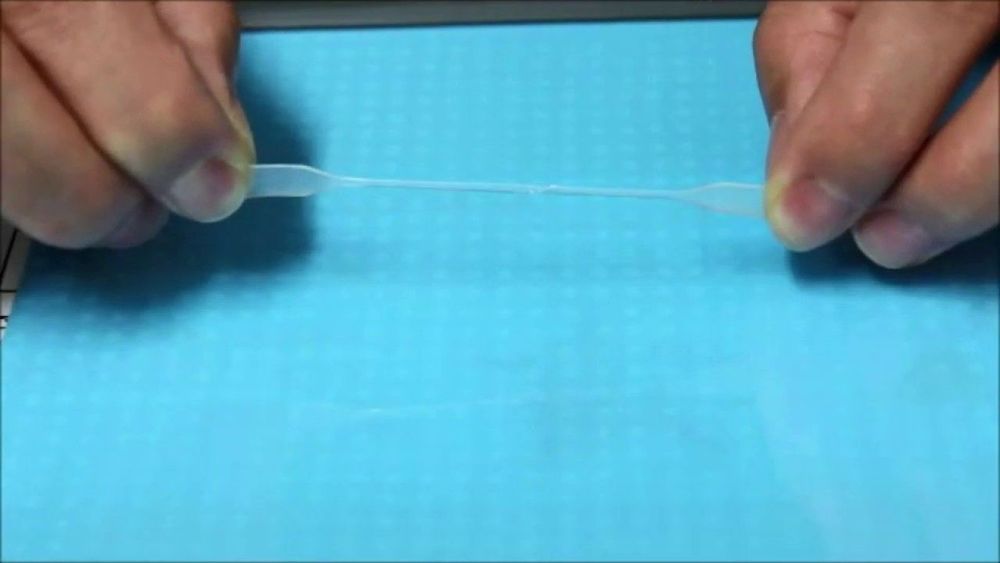Jun 18, 2019
Engineers boost output of solar desalination system
Posted by Saúl Morales Rodriguéz in categories: nanotechnology, physics, sustainability
Rice University’s solar-powered approach for purifying salt water with sunlight and nanoparticles is even more efficient than its creators first believed.
Researchers in Rice’s Laboratory for Nanophotonics (LANP) this week showed they could boost the efficiency of their solar-powered desalination system by more than 50% simply by adding inexpensive plastic lenses to concentrate sunlight into “hot spots.” The results are available online in the Proceedings of the National Academy of Sciences.
Continue reading “Engineers boost output of solar desalination system” »
